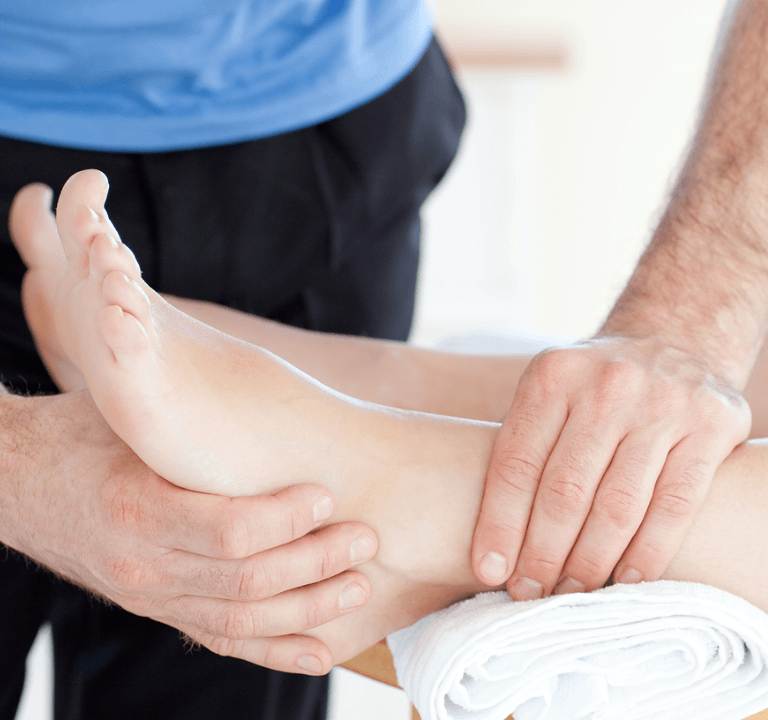Effective Non-Surgical Treatment for Bunions: A Comprehensive Guide to Bunion Treatment Without Surgery in Sydney
Bunions are a common foot condition that can cause pain, discomfort, and aesthetic concerns. While many people associate bunions with the need for surgery, the reality is that there are several non-surgical treatment options available. If you're living in Sydney and looking for alternatives to surgery, you can rest assured that bunion treatment without surgery is both possible and effective. This article will explore the most common non surgical treatment for bunions methods and offer insight into how they can help relieve pain and prevent the condition from worsening.

What Are Bunions?
Bunions, also known as hallux valgus, are bony protrusions that form at the base of the big toe. The condition occurs when the bones in the foot become misaligned, causing the big toe to angle toward the second toe. Over time, this misalignment can lead to swelling, pain, and the formation of a bump on the side of the foot. Bunions are often caused by factors such as genetics, wearing tight or ill-fitting shoes, and certain medical conditions like arthritis.
While bunions are more common in women, anyone can develop them, especially as they age. In many cases, bunions can be managed without resorting to surgery.
Why Consider Non-Surgical Treatment for Bunions?
For many people with bunions, surgery may not be the first option. Surgery is often reserved for severe cases where other treatments have not provided relief or when the bunion is causing significant pain or difficulty walking. Non-surgical treatments, on the other hand, are effective for managing mild to moderate cases of bunions and can offer long-term relief. Additionally, non-surgical options tend to be more affordable and carry fewer risks compared to surgical procedures.
If you're looking for bunion treatment without surgery Sydney, here are some options that may work for you.
1. Footwear Modifications
One of the most effective ways to manage bunions without surgery is to make changes to the shoes you wear. Tight, narrow shoes with high heels can exacerbate bunions and increase discomfort. Choosing shoes with a wide toe box, soft soles, and proper arch support can help reduce pressure on the bunion and allow for better alignment of the toes.
Orthotic-friendly shoes are often recommended, as they provide additional cushioning and support for the feet. There are also specially designed bunion shoes available that can help accommodate the bump and reduce rubbing and irritation.
2. Bunion Pads and Cushions
Bunion pads and cushions are non-invasive products that can help alleviate pain and discomfort caused by bunions. These pads are designed to fit over the bunion and act as a buffer, reducing pressure from shoes and preventing direct contact with the affected area. They can be especially helpful when walking or standing for extended periods.
Gel-based bunion pads are particularly popular as they offer extra cushioning and mold to the shape of the foot. These pads are easy to apply and remove and can provide significant relief for individuals looking for bunion treatment without surgery.
3. Foot Exercises and Stretching
Strengthening and stretching the muscles in the feet can help improve alignment and reduce the progression of bunions. Regular exercises can relieve tension and increase flexibility in the joints, providing long-term benefits for people with bunions.
Common foot exercises for bunions include:
- Toe stretches: Gently stretching the big toe can help restore proper alignment.
- Toe presses: Pressing the toes against the floor and holding for several seconds can help improve muscle strength.
- Towel scrunches: Using a towel to scrunch the toes can help improve flexibility and muscle tone.
By incorporating these exercises into your daily routine, you may experience less pain and better foot function over time.
4. Bunion Splints and Nighttime Braces
Bunion splints are another non-surgical treatment option that can help realign the big toe. These devices are worn at night and work by gently pulling the big toe back into its natural position. While they won't cure bunions, they can reduce the angle of the misalignment over time, providing relief from pain and preventing further deformity.
Nighttime braces are typically worn during sleep, allowing the foot to rest in a corrected position while you’re not active. They are often recommended for people with mild to moderate bunions who want to prevent the condition from worsening.
5. Custom Orthotics
For those who experience persistent pain or discomfort from bunions, custom orthotics may be a good solution. Orthotics are custom-designed shoe inserts that provide additional support and cushioning. By redistributing pressure across the foot, orthotics can help reduce the stress placed on the bunion and improve overall foot function.
Orthotics are typically prescribed by a podiatrist after a thorough assessment. In Sydney, many podiatrists offer this service, and insurance coverage may be available for the cost of the inserts.
6. Anti-Inflammatory Medications
If you're experiencing significant pain or inflammation due to your bunion, over-the-counter anti-inflammatory medications like ibuprofen or naproxen may help alleviate the symptoms. These medications can reduce swelling and ease discomfort, allowing you to maintain an active lifestyle while you explore other non-surgical treatment options.
It's important to consult with your doctor or podiatrist before using any medications, especially if you have other health concerns or conditions.
Conclusion
When it comes to bunion treatment without surgery in Sydney, there are several effective non-surgical options available. Whether it’s through footwear modifications, custom orthotics, or exercises, these treatments can provide relief and improve foot function without the need for surgery. For those who suffer from bunions, consulting with a podiatrist or foot specialist is essential to develop a personalized treatment plan.
If you’re in Sydney and seeking non-surgical options for bunion relief, consider visiting a clinic that specializes in bunion management. A professional assessment will help determine the best course of action to treat your bunions and get you back on your feet, pain-free.
Comments
Post a Comment